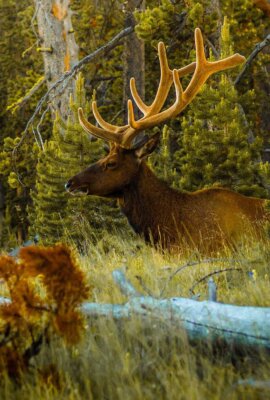Your full Wanderlust guide to
Australia

The trouble with Australia is that there’s just so much of it – an island that thinks it’s a continent. Dispel any notions that Australia is all big red rocks and sizzling Outback: it’s truly a land of diversity, from the tropical far north to Northern Territory’s Indigenous lands, from Queensland’s Great Barrier Reef, teeming with kaleidoscopic sea life, and its lush rainforest to the surf, fine wines and huge tingle trees of Western Australia’s south-west.
Australia’s cities are buzzing – Sydney’s nightlife and beaches are as tantalising as its harbour views, blessed with the ‘Old Coathanger’ bridge and Opera House; Melbourne is the hotspot for cosmopolitan café culture, Adelaide is regal and artistic, the world’s second National Park City and with an inspirational Green programme, while Perth is the hot new kid, the sunniest and fastest growing state capital. Australia has vast swathes of wilderness to explore too, as well as the beautiful Blue Mountains of New South Wales, the gorges of the Kimberley and wildlife-rich Kangaroo Island. Not forgetting Tasmania, with wild rainforest, convict heritage and Australia’s best beers.
Wildlife lovers will be in heaven with some of the word’s most unique animals to seek out, from kangaroos to wombats, koalas to quokkas, and platypus to echidnas. The bird life is extraordinary and surprising, with colourful parrots, black swans and flightless emus. While off the coastlines you can find some of the world’s best whalewatching.
Last but not least, immerse yourself in Indigenous culture… there are an increasing number of Aboriginal experiences to participate in and they will enrich your visit many times over.
You can’t miss

When to go to Australia
The vastness of the country means it’s pretty much always a good time somewhere.
Winter (June-August) is cold in the south, but pleasant and less humid in the NT and Queensland, where summer (November-March) means The Wet – rain, and lots of it. In the south, summer (December-February) can bring sizzling temperatures – along with large crowds at beaches and parks – as most Aussies take their summer holidays. Spring (September-November) and autumn (March-May) offer good conditions in most regions.
International airports
Sydney International Airport (SYD) is about 10km south of the city. Perth International Airport (PER) is about 13km east of the city. Darwin International Airport (DRW) is about 12km north-east of the city. Adelaide (ADL), Brisbane (BNE), Cairns (CNS) and Melbourne also receive international flights.
Getting around in Australia
Many airlines, including low-costers, run internal flights in Australia; a number of smaller airlines serve regional communities. Greyhound Australia is the main national bus company, with comfortable coaches; many smaller companies have more expensive local networks, while hop-on-hop-off tours provide useful routes round popular backpacker circuits.
The train service is essentially limited to three major routes: the Indian Pacific (Sydney-Adelaide-Perth); the Overland (Melbourne-Adelaide); and the Ghan (Adelaide-Alice Springs-Darwin). There are also lines north from Sydney to Brisbane and Cairns, branching into inland Queensland, and suburban routes. Melbourne and Adelaide have tram routes serving the city centre.
Car hire allows freedom – but you should be well prepared for Outback driving, and aware of the long distances involved.
Health & safety
Australia is a pretty safe region, with few opportunities for getting sick; no specific vaccinations are mandated unless you’ve arrived from a yellow fever-infected destination. Tap water is generally safe to drink.
Venomous snakes and spiders are present but shy; bites are rare. Keep an eye out for box jellyfish warnings along beaches, and warnings of shark sightings. Swimming is not recommended in saltwater crocodile-infested regions (particularly in the Northern Territory).
Heat can be dangerous: cover up, use sunblock and always ensure you have plenty of water, especially in the Outback.
For more information, go to gov.uk





















